
Since the first cuts to academic programs were announced this spring, Stony Brook University has become engulfed in a wave of opposition. Various petitions and demonstrations have emerged at the forefront, but behind closed doors, Stony Brook’s most prestigious faculty members have organized their own protest movement.
On Sept. 27, 42 Stony Brook professors with “Distinguished Faculty Rank” — the highest honor one can achieve in the SUNY system — sent a letter to SUNY Chancellor Kristina M. Johnson voicing their “profound concern” with the state of their university, calling it “exceptionally alarming.”


Citing a “deep and pervasive lack of trust and confidence in the current leadership,” the professors requested a meeting with Chancellor Johnson. Although Johnson responded to some of their concerns, she did not directly acknowledge their request for a meeting.

The letter prompted President Samuel L. Stanley, Jr. to meet with a delegation of 25 distinguished professors on Nov. 3 including some of those involved in the drafting of the letter. Among them was Kathleen Wilson, distinguished professor of history and director of the Humanities Institute at Stony Brook.
“I’ve been here 27 years. There’s always a budget crisis, there’s always cuts. We always muddle through. But this is much, much much more serious,” she said. “We tried to express to the president how low morale is and how upset we all are that our beloved university, our level one university, is now suddenly tumbling down.”
Much of the discussion was centered on the idea that top university officials have not been transparent in communicating the details of the deficit.
“We wanted to find out more authoritatively what was, in fact, going on,” Michael Schwartz, a distinguished professor in the sociology department, said. Although Schwartz was not present at the meeting, he has played a key role in mobilizing the professors and has been identified as the group’s unofficial leader. “We do not have any understanding of the logic they’re applying because the public logic that gets expressed doesn’t comport with their actions.”
In an attempt to try and gain more clarity, the professors compiled a budget fact sheet outlining what they knew about the deficit and what discrepancies still remained. Many of the questions from the fact sheet were brought up during the meeting, but some professors in attendance said the president failed to provide a substantial answer. “He promised to address. But he never did,” said one professor in attendance who requested anonymity out of fear of possible retribution.



Although the meeting gave the professors a chance to air their grievances, the general consensus among them is that more still needs to be done. “The Nov. 3 meeting did not satisfy us on any of the issues that we have so far articulated,” Schwartz said. “The underlying crisis may or may not have been created by administrative actions. We still have no clarity.”
Eager to continue their correspondence with the administration, the group sent out a follow-up letter to the president the week after its meeting. Schwartz said they have not received a response from Stanley.

When asked for his comment on the matter, President Stanley’s office provided the following statement via email: “I appreciated the frank and candid discussion we had about the challenges the University is facing.”
Although dialogue with the administration has temporarily stalled, Wilson said the professors have remained dedicated to the cause.
“I think crisis produces mobilization,” she said. “There’s an uncanny parallel between what happened in Nov. 2016 in the nation and the response since, and what’s happening on campus. With all of this stuff you have to remain vigilant.”
She noted that earlier this year, widespread faculty resistance helped to dissuade the administration from making major cuts to the department of Hispanic languages & literature and prevented three tenure track faculty members from losing their jobs.
While speaking out has proven to be a catalyst for change, Schwartz said professors who openly criticize university officials may run a potential risk. “There is a general feeling that this administration has a long memory when it comes to people who oppose them and that that memory contaminates future interactions, especially around the distribution of resources.”
Despite this, the movement shows no signs of slowing. Since the original letter was sent out, the group of distinguished professors has grown to 55.
“I feel like we have to stop them,” Schwartz said. “We’re fighting for the university at this point, against its leadership.”
Desiree D’Iorio contributed reporting.

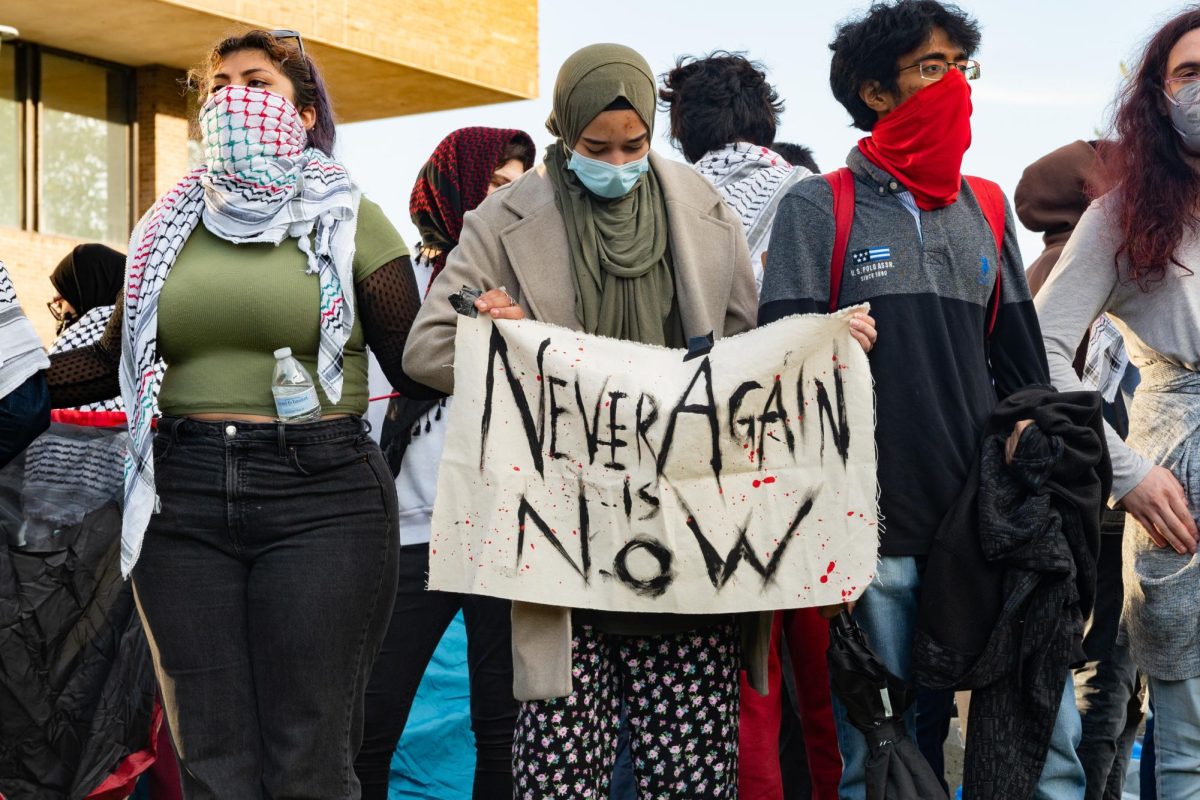


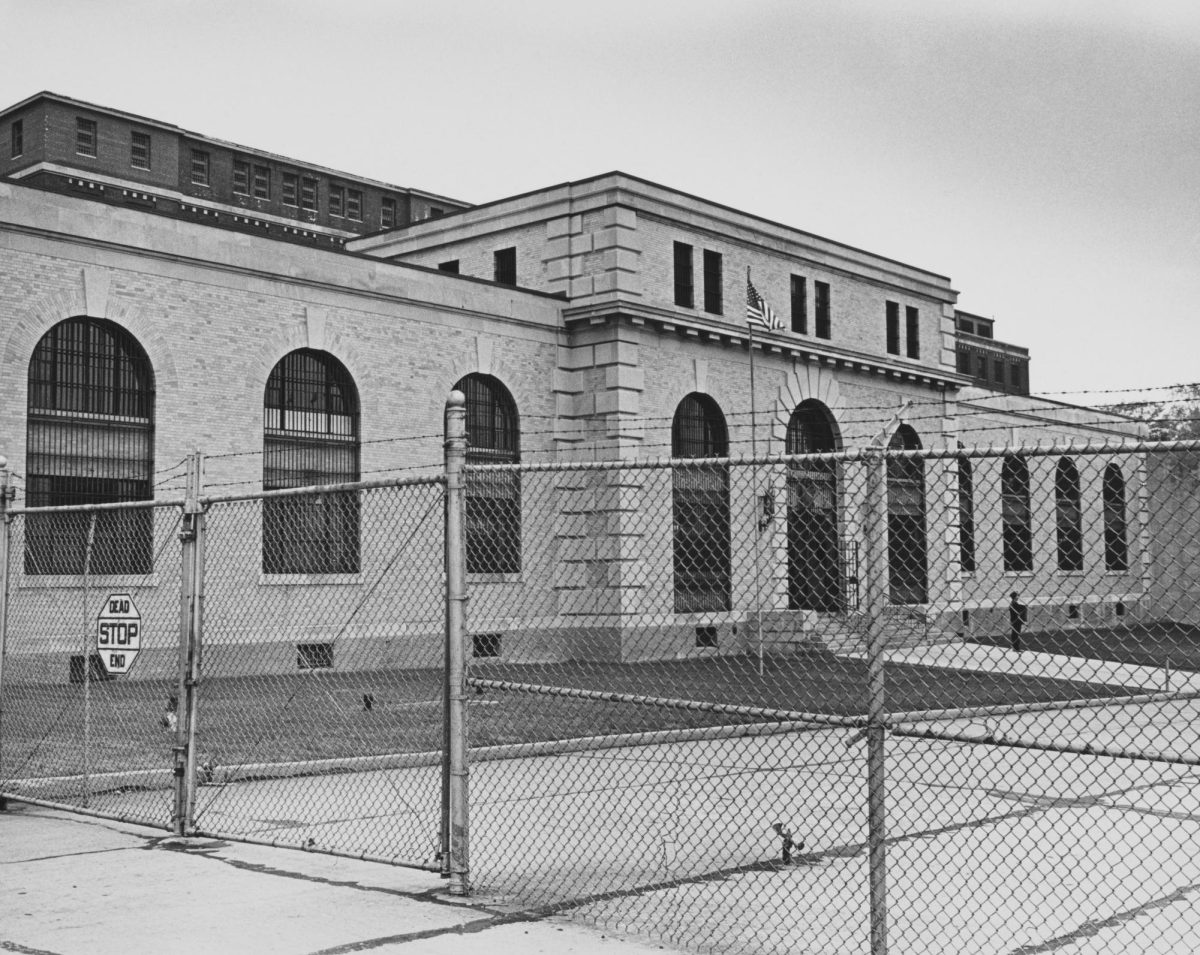



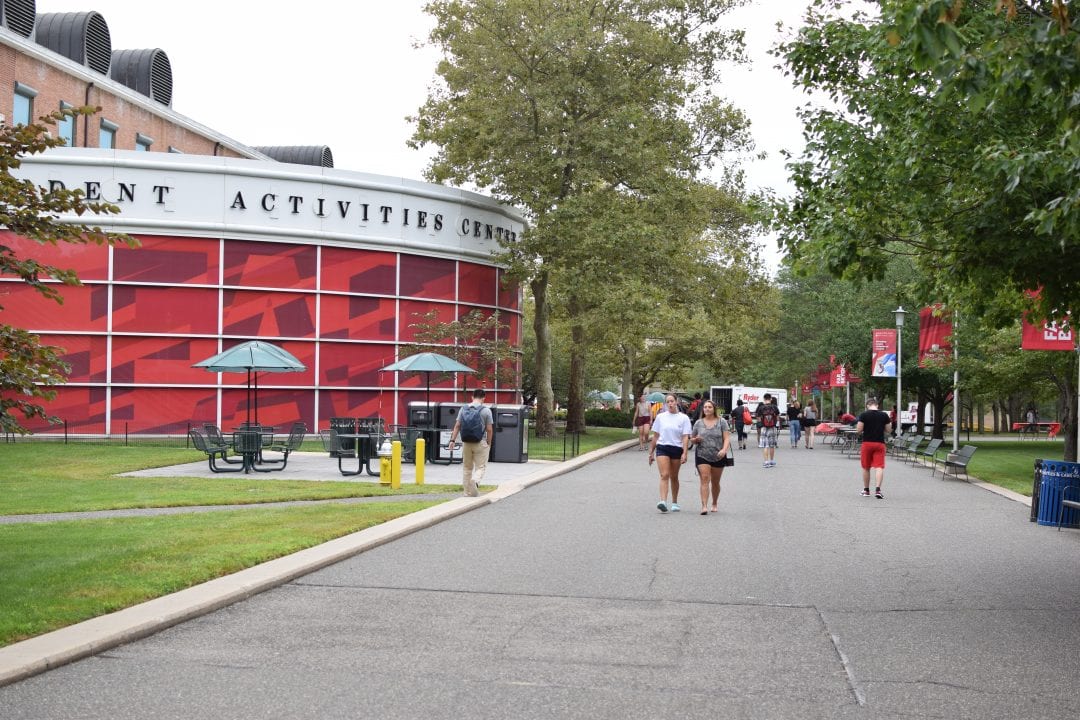


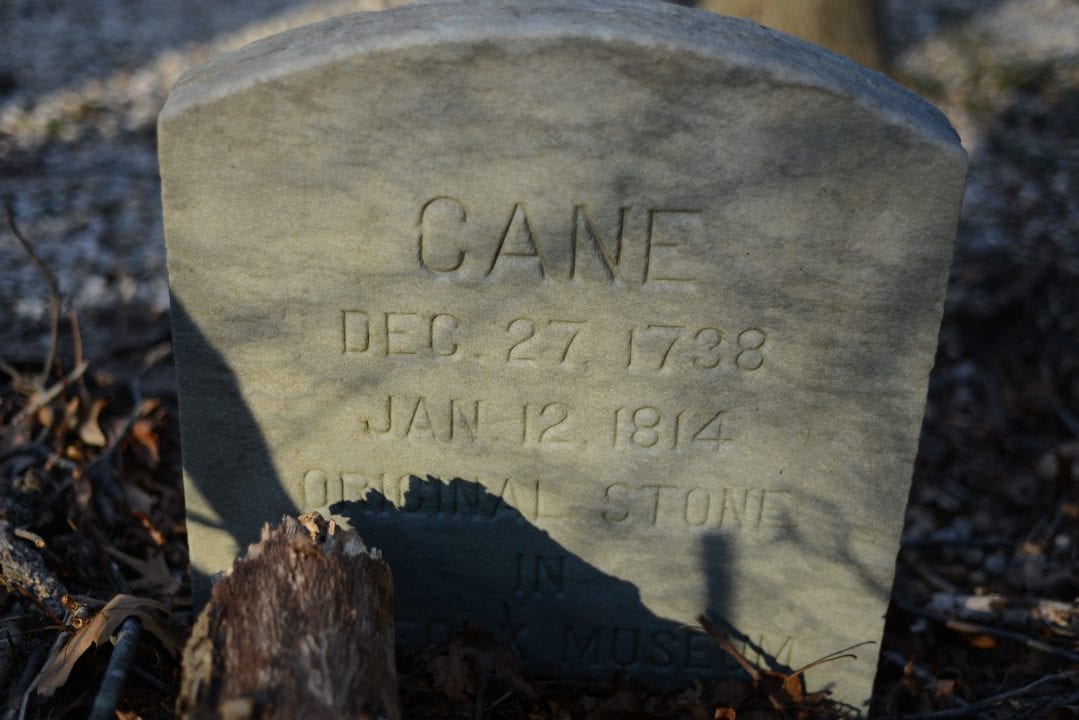






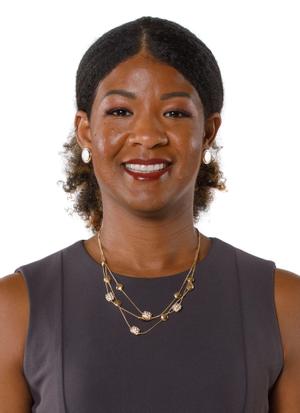
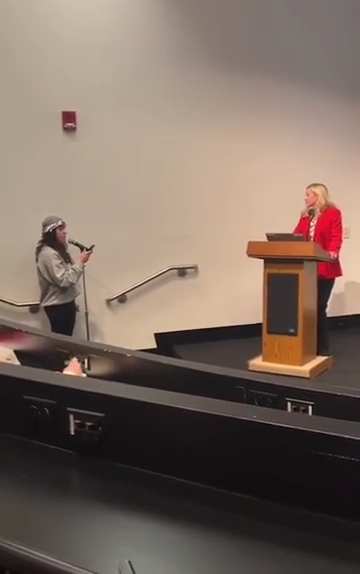
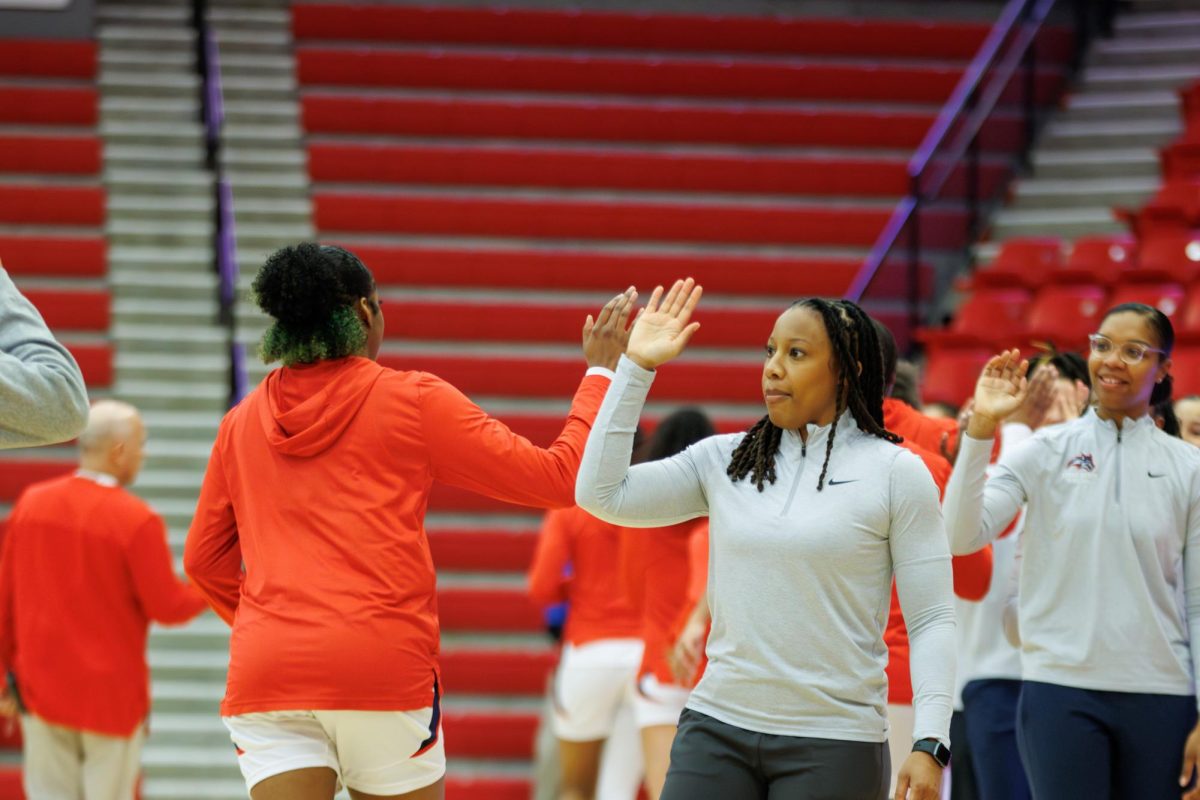
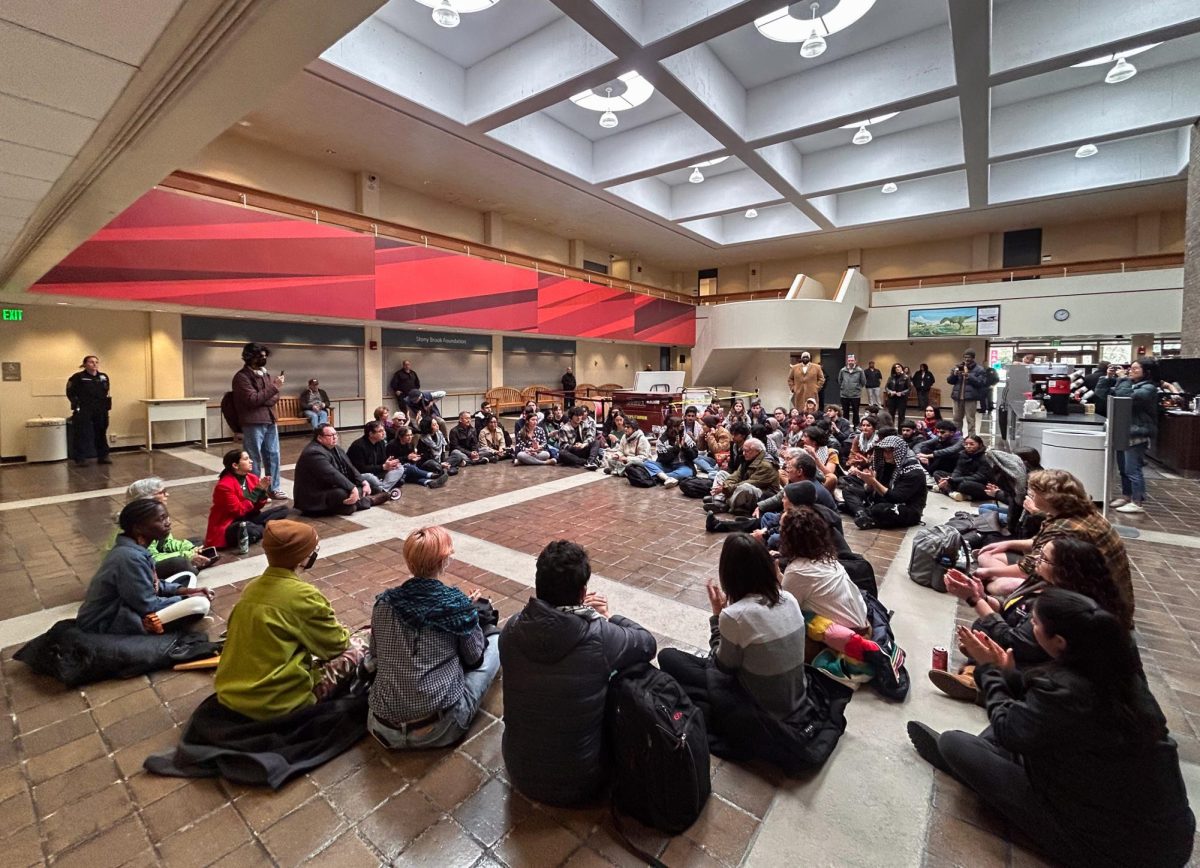
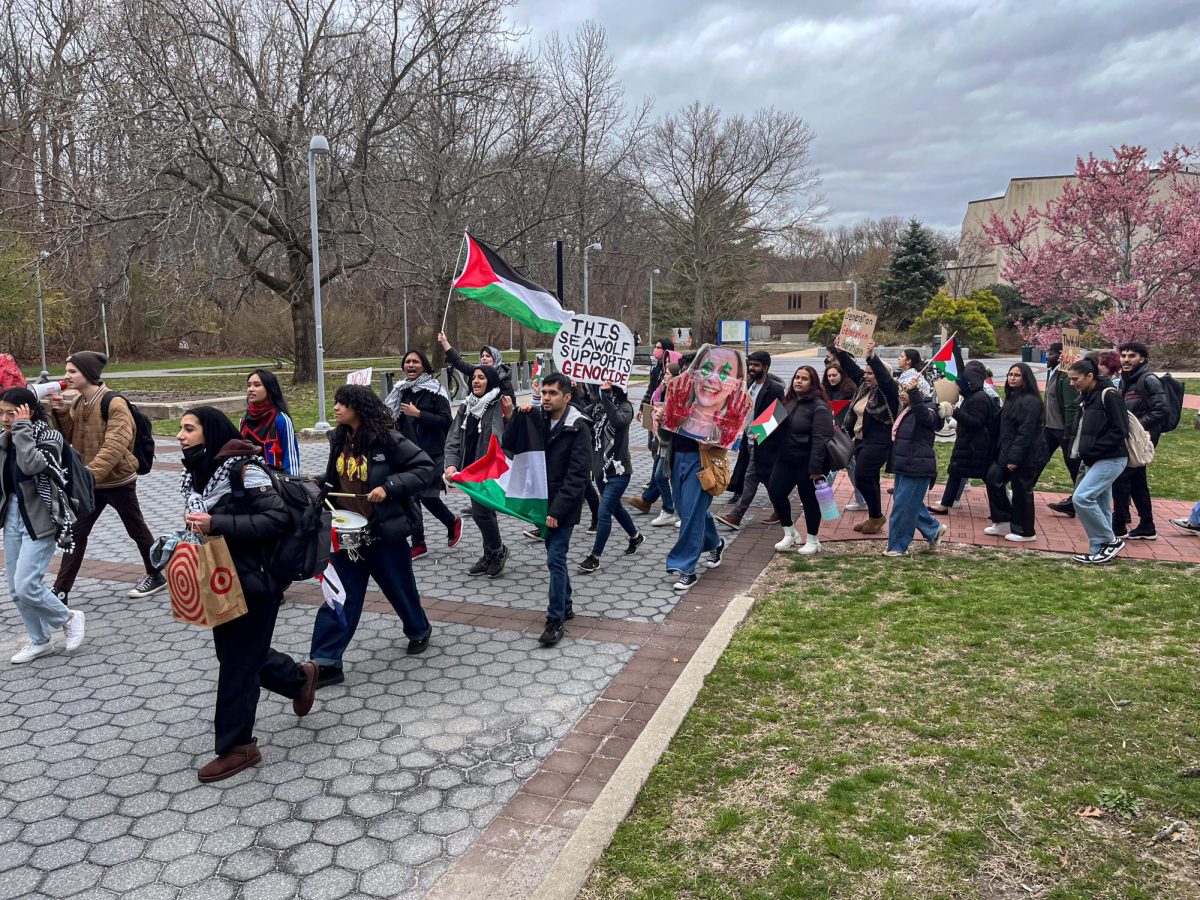
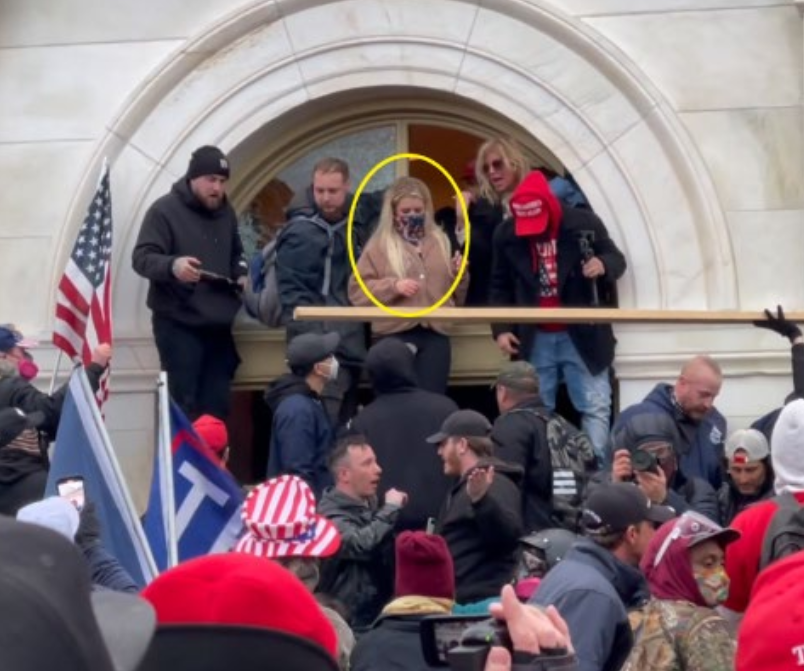

R.Parks • Dec 13, 2017 at 11:01 am
Who would trust a President who already violated Education Law.Maybe Chancellor Johnson should be better informed about the stonewalling and lack of transparency that creates mistrust of those who run the show.
Let’s talk about Stony Brook’s bottom line. They depend on revenue from the Faculty Student Association(“FSA”) , who raids the pockets of students. After changing external auditors it was discovered that FSA owes sales tax that was never collected. That amount is close to a half a million dollars.That is a half million dollars less to be added into SBU’s financial statements.
According to one of SBU’s annual financial statements:
The Faculty Student Association (FSA) is a campus-based, not-for-profit corporation, which as an independent contractor, operates, manages, and promotes educationally related services for the benefit of the campus community. Although a separate and independent legal entity, the FSA carries out operations which are integrally related to the University and, therefore, is included in the financial statements of the University. The financial data for the FSA was derived from individually audited financial statements for the year ended June 30, 2012 and 2011.
Never addressed is the fact that over the past year, FSA either terminated or forcibly required resignations from 10 “PROFESSIONALS.” Two of those who left and were employed by FSA were outsourced to the Undergraduate Student Government.
Did you know that student activity fee funds were used to renovate state owned property? Instead of FSA being a watchdog they were nothing but a lapdog for the SBU Administration.
Someone needs to stir this pot because Robert Megna was placed on campus for a reason. He is moving to SUNY Central to be the next COO. There are bigger fish to fry and that is were the enablers do their best magic.
There is a story here and it needs to be told. No more “Smoke and Mirrors!”